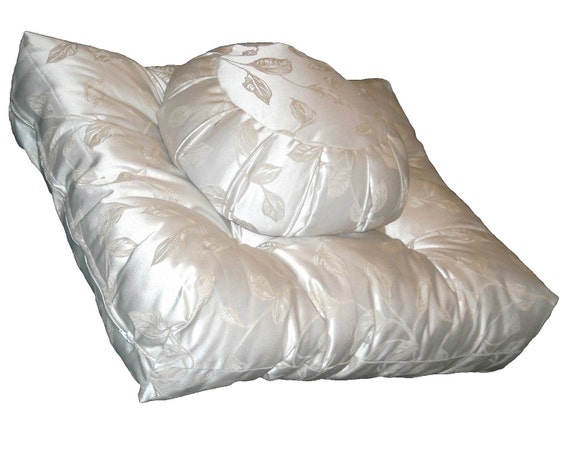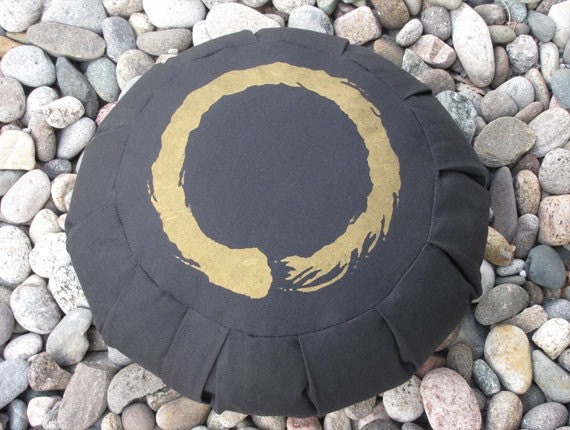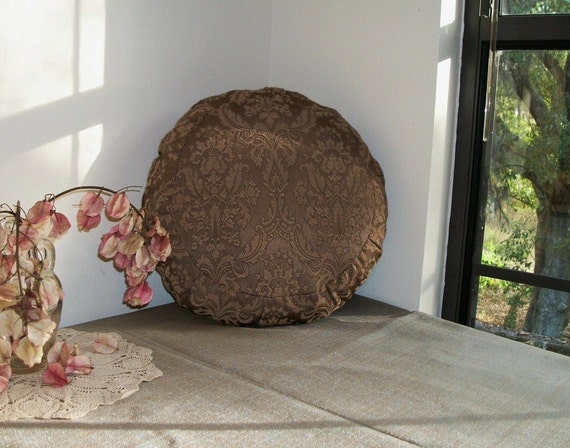Every now and then someone asks me how to take care of their bodhiseed, sandalwood, or other wood mala. It makes sense to ask, since if wood gets wet and dries out it cracks and looses luster. Sandalwood can loose its fragrance. And the patina of wood grows more beautiful from the oils in our skin. How do we protect that?
We know that all things are impermanent and we shouldn't cling to things as they are, but here are a few guidelines. Feel free to add your ideas in the comments section!
Without any treatment, wood mala beads will grow in beauty. They'll darken and become a little bit glossy from contact with skin. But if they get wet and then dry out, they may loose some of this patina. So don't swim in your mala! (LOL) They don't need a wash. If it has become wet and looks dry, handle it a lot–now is the time to say many prayers and mantras to get natural skin oils back on the beads.
This is all I would do. I wouldn't use an oil–the smell of it might not fit the sense of your mala and you don't know if the oil has chemicals. Perfumes in lotions and oils wouldn't be good either. If you have found an oil that works on wood without scent, just use a tiny drop on your fingers; don't apply it to mala directly. But I wouldn't bother treating it with any oil. The last thing you need is an oily set of wooden prayer beads,
Caring for sandalwood:
Sandalwood is wonderful. The smell of a sandalwood mala brought me right back to the present moment yesterday when I was working. To bring the scent back if it dissipates, store it overnight in a ziplock bag. That's it! No aromatherapy needed. I'd actually avoid using aromatherapy oils directly on any mala. If you wear a bit on your skin or have just had a lovely massage, I think that's fine for the beads. They'll take on the smell for a long time, so be sure you want them to be affected before you put them next to well-oiled skin.
These are my simple tips for caring for wooden malas, including bodhiseed ones. The main thing is to use them everyday and handle them a lot with love. And if your custom is to wear them, that's helpful, too. (Just don't tug them when putting them on or taking them off or you'll wear out the cord faster. If your mala breaks, find a mala-maker like me to repair it.)
(Semi- precious stone or pearl malas, on the other hand, can be very adversely affected by perfumes and chemicals. Be very careful not to spray perfume, sun lotion, or hairspray near them; especially with softer stones like amber, chrysocolla, and turquoise.)
Malas, like any powerful meditation support, take on the power to bring you to mindfulness. This is through your own loving intentions and aspirations. Holding them can bring you right back to a deeper reality and calm if you love and care for them. And that calm and peace can spread through your family and community, affecting the whole world positively.
Be well and happy!
Laura




















